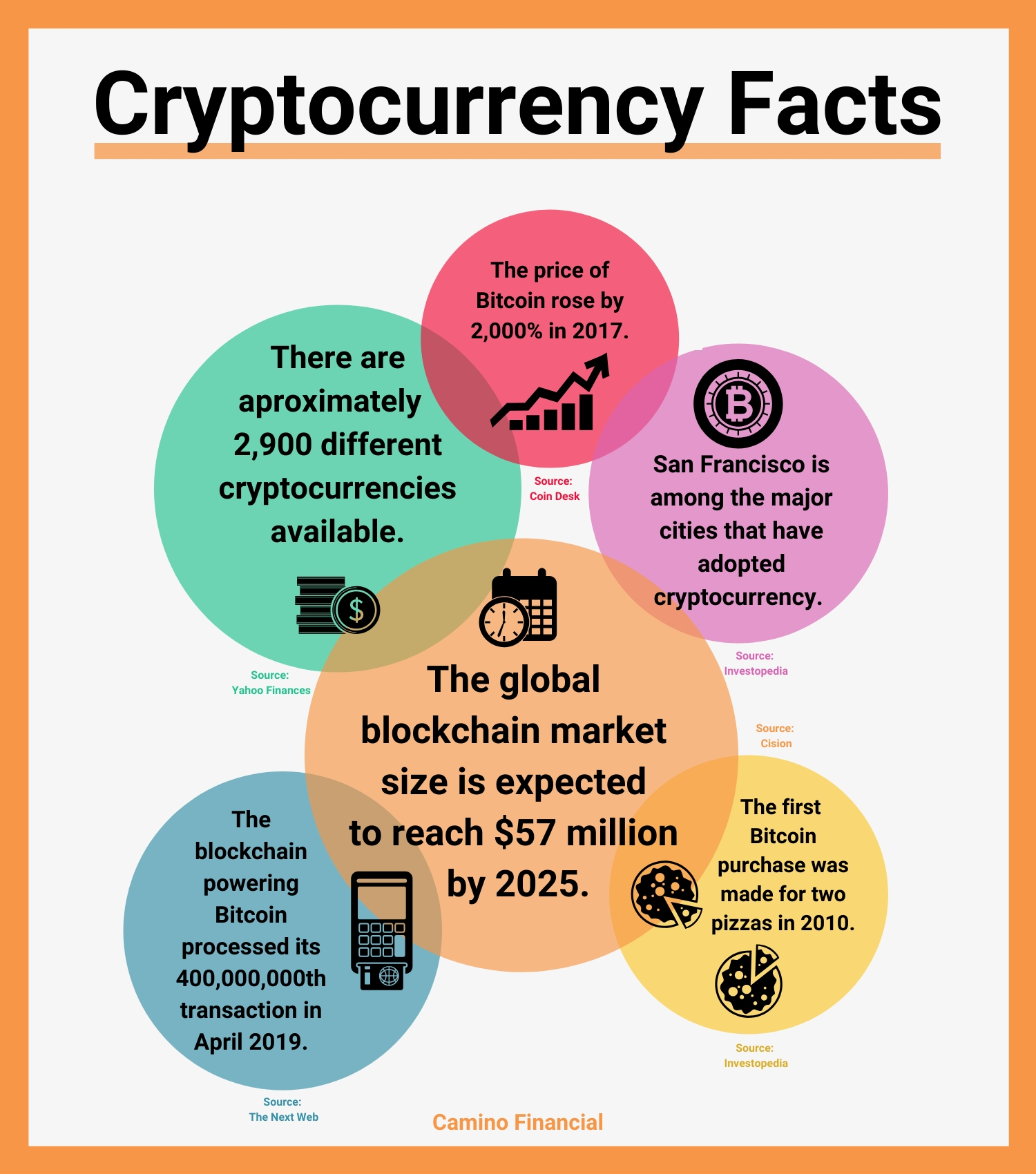cryptocurrency app
Cryptocurrency app
However, while Nakamoto was the original inventor of Bitcoin, as well as the author of its very first implementation, he handed the network alert key and control of the code repository to Gavin Andresen, who later became lead developer at the Bitcoin Foundation. https://miamilotushouse.com/ Over the years a large number of people have contributed to improving the cryptocurrency’s software by patching vulnerabilities and adding new features.
The news has produced commentary from tech entrepreneurs to environmental activists to political leaders alike. In May 2021, Tesla CEO Elon Musk even stated that Tesla would no longer accept the cryptocurrency as payment, due to his concern regarding its environmental footprint. Though many of these individuals have condemned this issue and move on, some have prompted solutions: how do we make Bitcoin more energy efficient? Others have simply taken the defensive position, stating that the Bitcoin energy problem may be exaggerated.
Hoewel dit beveiliging biedt tegen de risico’s van hot wallets, hebben papieren wallets aanzienlijke nadelen. Behalve dat ze fysiek beperkt zijn — lezers kunnen hier hun verbeelding gebruiken — beperken ze ook de mogelijkheid voor gebruikers tot het overboeken van het volledige saldo van de wallet in één keer.
A hard fork is a radical change to the protocol that makes previously invalid blocks/transactions valid, and therefore requires all users to upgrade. For example, if users A and B are disagreeing on whether an incoming transaction is valid, a hard fork could make the transaction valid to users A and B, but not to user C.
Hardware Wallet: een nadeel van een online blockchain wallet is het risico dat je BTC kan worden gestolen als deze wordt opgeslagen in een zogenaamde “hot wallet” die is verbonden met het internet. Een hardware wallet betekent dat je munten worden versleuteld en opgeslagen op een fysiek apparaat, offline en in koude opslag. Veel van deze producten ondersteunen ook andere cryptocurrencies, waaronder Ethereum.
China cryptocurrency
Most important of all – and this goes well beyond China – excessive digitalization, surveillance, and centralized data ownership are our generation’s greatest and most pervasive threats to personal freedom and the modern democracy. We are witnessing by far the largest political and psychological backlash against technology globally since the first internet boom. A central-bank-backed cryptocurrency might well be a smart and inevitable step to serve crucial national interests. It might also provide great convenience in our daily lives. However, without much reflection, we have already given tremendous amounts of valuable personal data to centralized institutions and corporations in exchange for convenience or to satisfy our vanity. If countries start to issue digital currencies and we subsequently surrender our personal transaction data as well, how much more convenience we need before we realize it is too late and too impossible to be free?
These regulatory and collaboration frameworks indicate a concrete step forward in letting crypto assets play a regulated role in the economy. They also promote global cooperation in the creation of the standards, which will facilitate the greatest amount of coordination. If these frameworks are applied to the criteria for macroeconomic net benefit laid out in this white paper, it is possible to project the macroeconomic effects. Looking forward, each upcoming regulatory agreement should be created with the macroeconomic impacts in mind.
The World Economic Forum’s Centre for Financial and Monetary Systems works with the public and private sectors to design a more sustainable, resilient, trusted and accessible financial system worldwide.

Most important of all – and this goes well beyond China – excessive digitalization, surveillance, and centralized data ownership are our generation’s greatest and most pervasive threats to personal freedom and the modern democracy. We are witnessing by far the largest political and psychological backlash against technology globally since the first internet boom. A central-bank-backed cryptocurrency might well be a smart and inevitable step to serve crucial national interests. It might also provide great convenience in our daily lives. However, without much reflection, we have already given tremendous amounts of valuable personal data to centralized institutions and corporations in exchange for convenience or to satisfy our vanity. If countries start to issue digital currencies and we subsequently surrender our personal transaction data as well, how much more convenience we need before we realize it is too late and too impossible to be free?
These regulatory and collaboration frameworks indicate a concrete step forward in letting crypto assets play a regulated role in the economy. They also promote global cooperation in the creation of the standards, which will facilitate the greatest amount of coordination. If these frameworks are applied to the criteria for macroeconomic net benefit laid out in this white paper, it is possible to project the macroeconomic effects. Looking forward, each upcoming regulatory agreement should be created with the macroeconomic impacts in mind.
What is cryptocurrency
Another method is called the proof-of-stake scheme. Proof-of-stake is a method of securing a cryptocurrency network and achieving distributed consensus through requesting users to show ownership of a certain amount of currency. It is different from proof-of-work systems that run difficult hashing algorithms to validate electronic transactions. The scheme is largely dependent on the coin, and there is currently no standard form of it. Some cryptocurrencies use a combined proof-of-work and proof-of-stake scheme.
In terms of annual consumption (kWh/yr), the figures were: Polkadot (70,237), Tezos (113,249), Avalanche (489,311), Algorand (512,671), Cardano (598,755) and Solana (1,967,930). This equates to Polkadot consuming 7 times the electricity of an average U.S. home, Cardano 57 homes and Solana 200 times as much. The research concluded that PoS networks consumed 0.001% the electricity of the bitcoin network. University College London researchers reached a similar conclusion.
Enthusiasts called it a victory for crypto; however, crypto exchanges are regulated by the SEC, as are coin offerings or sales to institutional investors. So, crypto is legal in the U.S., but regulatory agencies are slowly gaining ground in the industry.

Another method is called the proof-of-stake scheme. Proof-of-stake is a method of securing a cryptocurrency network and achieving distributed consensus through requesting users to show ownership of a certain amount of currency. It is different from proof-of-work systems that run difficult hashing algorithms to validate electronic transactions. The scheme is largely dependent on the coin, and there is currently no standard form of it. Some cryptocurrencies use a combined proof-of-work and proof-of-stake scheme.
In terms of annual consumption (kWh/yr), the figures were: Polkadot (70,237), Tezos (113,249), Avalanche (489,311), Algorand (512,671), Cardano (598,755) and Solana (1,967,930). This equates to Polkadot consuming 7 times the electricity of an average U.S. home, Cardano 57 homes and Solana 200 times as much. The research concluded that PoS networks consumed 0.001% the electricity of the bitcoin network. University College London researchers reached a similar conclusion.
Enthusiasts called it a victory for crypto; however, crypto exchanges are regulated by the SEC, as are coin offerings or sales to institutional investors. So, crypto is legal in the U.S., but regulatory agencies are slowly gaining ground in the industry.


